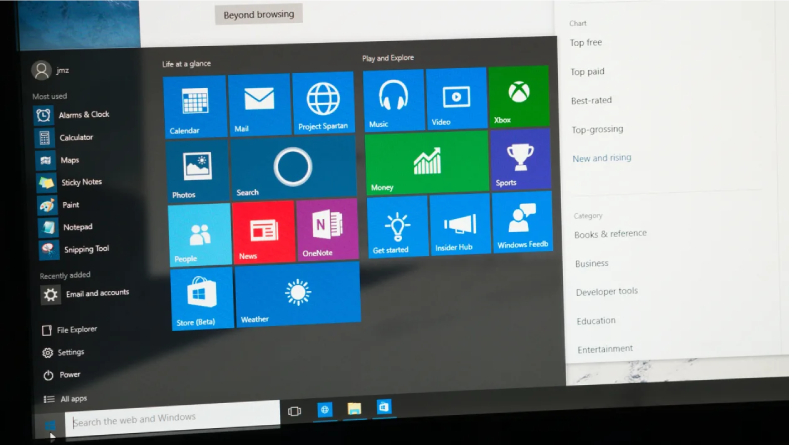As the education sector experiences rapid digitization, administrative software has emerged as an invaluable asset for schools to bolster performance. These tools help automate repetitive tasks, facilitate communication, and provide data-led insights to inform management. Today we will explore how modern school administration software enables educators to focus on student outcomes by transforming workflows.
School Administration with Automated Systems:
Administrative responsibilities in schools encompass various complex duties including admissions, scheduling, grading, and regulatory reporting. Manual techniques that rely on spreadsheets, paper trails, and one-on-one follow-ups cause process delays, effort duplication, and compliance issues due to human mistake. For instance, in order to improve accessibility, expedite cataloging, and give students easy access to a multitude of resources, educational institutions are depending more and more on online library software. Administrative software solutions help schools re-engineer these workflows through process automation, forms digitization and centralized information access. By setting up guided workflows, school administrators can pre-define sequences spanning student registration, class allocation, examinations planning and more. Software robots can then trigger automated processes for mundane tasks like attendance logs, grade computation and ID card issuance based on pre-set rules.
Facilitating Holistic Stakeholder Communication:
Fragmented communication across teachers, students, parents and school management can foster misalignment and disconnectedness in learning journeys. Robust education administration platforms bridge information gaps by facilitating multidirectional interactions between stakeholders through: Custom notifications and alerts on attendance, timetable changes etc., Messaging services for collaboration and query resolution, Permission-based access to progress reports, assessments data and school events. Such steady engagement creates a transparent, collaborative ecosystem that improves trust and participation between teachers, students and parents.
Informing Strategic Decisions via Data Analytics:
Administrative software unlocks integrated database and analytics capabilities for schools to gain holistic insights on operational performance. Key metrics across student attendance, assignments completion, resource utilization etc. can inform targeted interventions. School leaders can assess learning trends through exam grades analysis to strategize academic support for struggling students. Data on lesson planning and delivery modes helps revise curriculum structure while class strength analytics aids decisions on hiring needs. Parent survey data further shapes policy initiatives on improving engagement. By continually monitoring KPIs, school management can make prudent decisions aligned with growth, enhancement and transformation goals rather than rely on assumptions or delayed reports. Data visibility and interpretation empowers leadership to drive outcomes not just outputs.
Optimizing Financial Planning and Compliance:
With mounting administrative costs, stagnant budgets and compliance needs, schools require judicious financial planning to ensure stability. Administrative software establishes standardized processes for budgeting, accounting, payments and statutory filings. Schools can forecast upcoming income and expenses through historical data while tracking real-time cash flows against financial goals through integrated finance modules. Process rigour during vendor onboarding, invoice generation and income reconciliation also minimizes risks of embezzlement. Automated generation of financial statements and tax forms further enhances audit preparedness while avoiding penalties.
Cultivating Student-Centric Culture via Digital Advancements:
While academics constitutes a pivotal priority, fostering student motivation and participation determines learning sustainment. Administrative software also elevates student experiences by enabling personalization, gamification and anytime access. Through student portals, learners can access customized content like lesson plans, assessment performance and recommendation engines for upgrading skills. The implementation of a student hostel management system has significantly streamlined administrative tasks, facilitating efficient room allocation, maintenance tracking, and resident communication within educational institutions. Gamified dashboards with rewards systems further boost engagement in learning activities.
As administrative responsibilities expand in complexity, schools cannot afford disjointed and sluggish systems that impede educational outcomes. Modern software solutions offer a transformative lifeline. Beyond operational streamlining, automated tools provide embedded analytics for data-driven decisions and unified communication channels, helping administrators focus on students not processes. It is time for schools to leverage these capabilities for creating conducive learning environments that nurture future-ready students.







